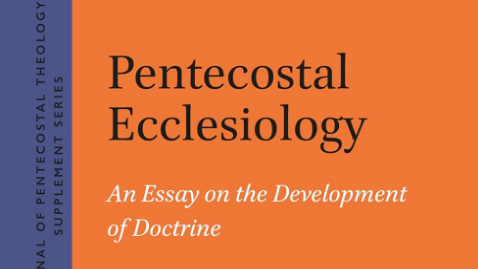Proposals for climate action

Table of contents
We live at a point in history where, if the present generation does not react to this situation or re-purpose and re-focus our actions, we might not have a just world for our children to live in. They are looking towards a perpetual norm of wearing masks and carrying umbrellas for the risk of acid rain, with no sunshine, rainbows, or beautiful clouds. Here are some actions that make scientific and sociological sense now, which may or may not look the same in the future.
How can we take action, personally?
- All newly constructed or purchased buildings must have carbon-free energy sources.
- Our homes and other existing structures must be upgraded for significantly higher energy efficiency.
- We can buy green electricity, shop responsibly, produce as little waste as possible, and recycle as much as possible.
- We should educate ourselves about the needs of those much poorer than ourselves and the challenges they face, whether in our own community, country or other poorer countries.
- We should also ensure that our homes, the appliances we use, and our modes of transportation are as energy-efficient as possible.
- Learn more about the problems and assist those in our community, business, and government in promoting or arranging the required remedies.
How can we act as a church, corporately?
- Teach and educate about eco-testimony or eco-evangelism during worship, service, and small group congregations.
- Educate people about indigenous traditions that are closer to nature and the environment.
- Plan eco-encounter tours to discover the environmental marvels and difficulties in each of the church’s communities.
- Teach naturalists the same skills as we teach community organizers, so they can better organize and motivate teams for climate conscious engagement with the community.
- Refrain from using and fertilizers and chemicals on church property, and advise congregants to follow the example.
- Install solar panels in religious structures, offered for free in most states due to various eco-friendly economic measures.
- Install electric vehicle chargers located in the parking area and encourage low-emission vehicles, where finances allow.
- Convert congregational transportation fleets to hybrid vehicles or electric vehicles using local eco-friendly environmental policy initiatives.
How can we get involved with organizations acting steadfastly.
It is not convenient or personally feasible to act responsibly, individually. In such cases, we must support other organizations created and mandated to engage in climate activism and positive climate change activities. Here are a few examples in no particular order or affiliation.
- Inter-faith Power and Light – is a national leader in engaging faith communities in environmental stewardship and climate action.
- GreenFaith – is a global, ecumenical environmental group whose goal is to mobilize individuals from many religious and spiritual traditions for environmental action by inspiring, educating, and training them.
- Creation Justice Ministries – empowers, teaches, and organizes Christian communities to defend, revitalize, and fairly distribute God’s creation.
- ecoAmerica – is building climate leadership, public support, and political will for climate solutions in the United States.
- Faith in Place – collaborates with religious communities from a variety of backgrounds as well as individuals who consider themselves as pious or driven by justice but are not affiliated with any one faith tradition.
How can we activate and engage corporations and countries.
Here are some of the activities that are already being undertaken so interested people in the executive level activities can engage local communities and corporations to join, learn, and take positive action.
- Subterranean storage of carbon, such as in abandoned oil and gas fields or in appropriate geological formations.
- Carbon capture and storage (CCS) being implemented in new facilities with a greater priority.
- Combining solar projects with electricity, hydrogen generation with desalination in arid and semi-arid regions of the world.
- Alternative renewable energy sources, including biomass, wind, solar, hydro, tidal, geothermal, wave, and nuclear energy, should be developed on a speedier and more consistent basis.
- Generate energy from biomass and waste as an alternative energy source.
- Engage in development activities to innovate, create, or find new and alternative sources of energy.
The goal is to achieve “net zero”—also known as carbon neutrality—meaning that in order to restore balance between humanity and nature, more carbon must be removed from the atmosphere than is being added. In general, the goal is to get to as near zero as possible in terms of carbon dioxide (CO2) emissions into the environment before or near the year 2050.
Conclusion
Can we keep disregarding the issues brought on by facts like desertification, climate change, the degradation and decline in productivity of large-scale agricultural zones, contaminating rivers, causing extinction of ecological diversity, intensifying catastrophic events, and clearing forests in all regions of the world? Is it possible to ignore the increasing number of “environmental refugees” who are forced to leave their natural habitats and face relocation? Should we not pay attention to the conflicts that arise over the use of natural resources, both in the present and in the future? These issues significantly affect the achievement of human rights, including individual rights to food, shelter, clothing, health, and safety. In conclusion, we cannot afford to sit idly by and must take action to address these pressing environmental concerns.
We can only change what we understand. We can only move that which we put our hands to. I hope we have the preliminary education and information needed to act with reason, caution, and enthusiasm toward a better future for us and our children. As said before, even if we ignore all climate data, it is only natural, moral, and intuitive to be one with nature.



